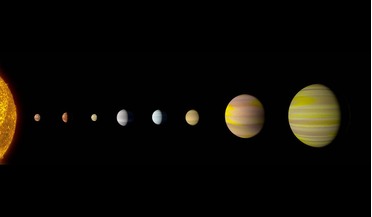 14 December 2017
AI detects eighth planet orbiting distant sun
14 December 2017
AI detects eighth planet orbiting distant sun
... pattern is often seen as evidence that the outer planets formed in a cooler part of the solar system, where water ice can stay solid and clump together to make bigger and bigger planets. The pattern seen around...
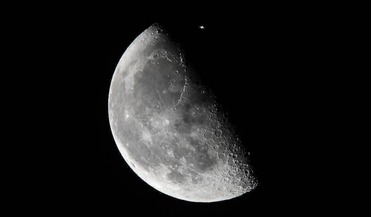 20 September 2019
Russia and China to cooperate on future Moon missions
20 September 2019
Russia and China to cooperate on future Moon missions
... to make detailed surveys of the south polar region of the Moon, covering the terrain, geological composition, locations of water ice, and space environment. The mission may involve a rover and is expected to launch in 2023. The nation is already...
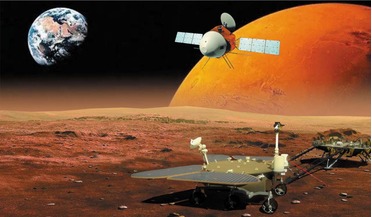 22 July 2020
China's first Mars rover set to launch tomorrow
22 July 2020
China's first Mars rover set to launch tomorrow
...; mapping the morphology and geological structure of Mars, investigating the surface soil characteristics and water-ice distribution and analysing the surface material composition. Mars’ climate, ionosphere and electromagnetic and gravitational...
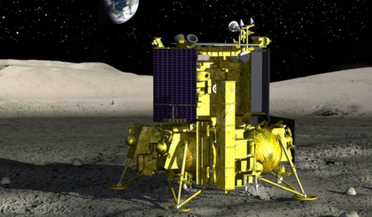 22 January 2021
Russia develops instrument to search for precious metals on the Moon and Mars
22 January 2021
Russia develops instrument to search for precious metals on the Moon and Mars
.../2025, is being designed not just to inspect the terrain, but also to prospect it for resources such as lunar water ice in permanently shadowed regions of the Moon. This will be a big step up from Russia’s first series of robotic lunar...
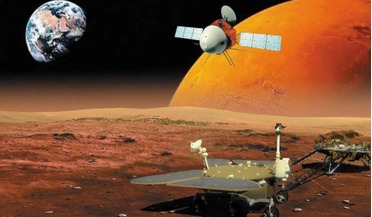 10 February 2021
Success for China as Tianwen-1 enters Mars' orbit
10 February 2021
Success for China as Tianwen-1 enters Mars' orbit
... camera, and a meteorological measurer which will be used to produce surface maps, and to characterise soil composition and water ice distribution, during a mission expected to last about three months. Meanwhile, high up in the martian skies, the...
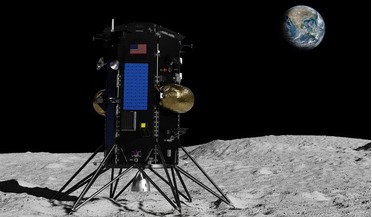 31 December 2021
Space missions to watch out for in 2022
31 December 2021
Space missions to watch out for in 2022
... mission will be used by scientists to hopefully learn more about the moon’s hidden oceans, strange geysers blasting water ice into space and whether any of these frozen worlds are hospitable for life. Mission scientists also...